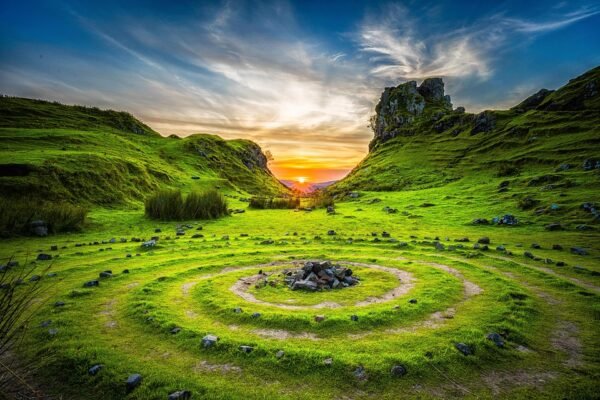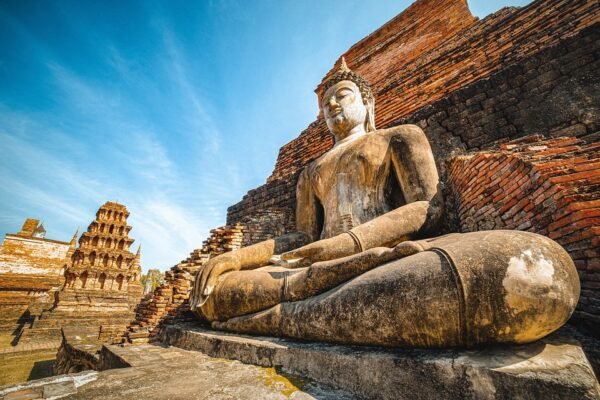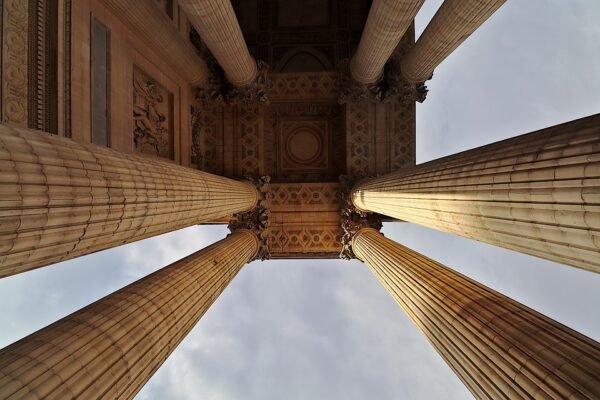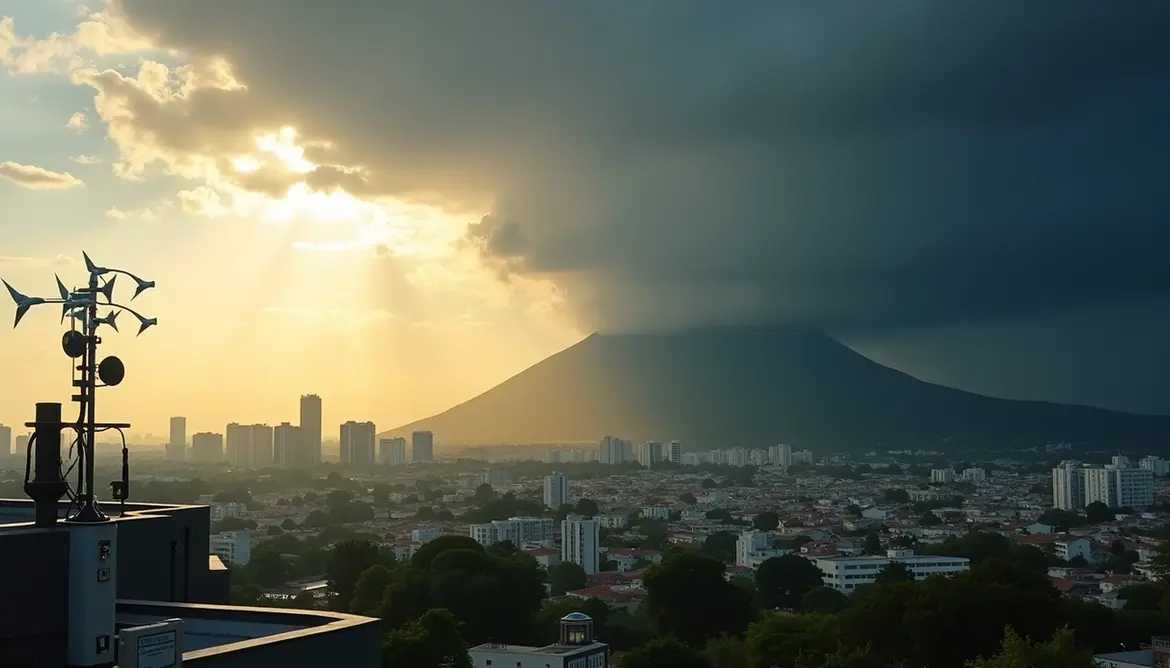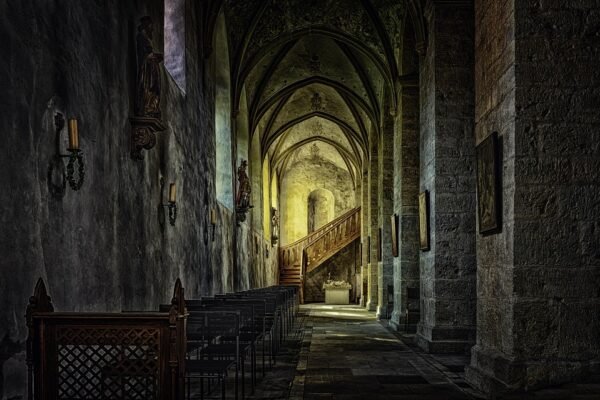
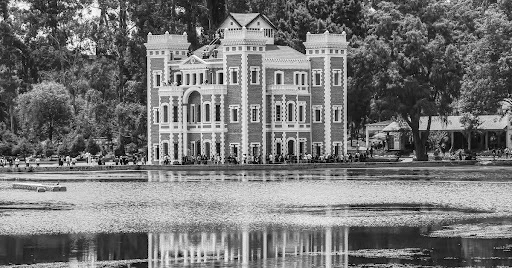
Beautiful Architecture in El Salvador: A Local’s Guide 2025
El Salvador, a small country in Central America with a population of 6.34 million, boasts some of the most beautiful architecture in the region. From ancient ruins dating back to 5000 BC to modern structures, the architectural wonders of El Salvador showcase a unique blend of historical significance and artistic brilliance.
As a local, I have had the privilege of experiencing firsthand the architectural heritage of my country. The Joya de Ceren Archeological Park, a UNESCO World Heritage site, has been a home to civilizations since 1200 BC. Alongside this ancient site, stand modern masterpieces like the neo-Gothic Santa Ana Cathedral and the distinctive Iglesia El Rosario, known for its vibrant stained glass windows and abstract metalworks, all contributing to the beauty of architecture in El Salvador.
This article delves into some of the most remarkable architectural landmarks in El Salvador, highlighting the rich history and cultural significance of each site. The National Palace, with its color-coded governmental rooms, and the Divine Savior of the World Monument, stand as symbols of national pride. Visitors from around the world are fascinated by the colonial churches, modern buildings, and ancient ruins that make up the architectural landscape of our small country.
Religious architecture plays a significant role in showcasing El Salvador’s spiritual heritage. The Iglesia El Rosario, built in 1971, is a prime example of innovative church design. The church’s exterior may appear simple, but its interior is a stunning display of modern architecture. French-imported stained glass panels create a rainbow effect, while the unique “Stairway to Heaven” features a tiered, arched ceiling adorned with vibrant glass panels. With a modest budget of $260,000, the church’s construction showcased remarkable resourcefulness and creativity.
The Metropolitan Cathedral of the Holy Savior, completed in 1999, serves as the principal church of the Roman Catholic Archdiocese. Its unique design sets it apart from traditional colonial churches in El Salvador. The cathedral houses an extraordinary image of the Divine Savior of the World and features artistic elements such as paintings by Andrés García Ibáñez and a Churrigueresque cupola. Historical events that shaped the nation have unfolded within the cathedral’s walls, making it a significant architectural and cultural landmark.
Cultural buildings in El Salvador offer a glimpse into the country’s rich heritage and artistic progress. The National Theater, inaugurated in 1917, is a stunning example of French Renaissance architecture with modern elements. Collaborations with local artists have enhanced the theater’s beauty, making it a premier cultural destination. Museums like the Museum of Art of El Salvador (MARTE) and the State Museum of Anthropology display impressive collections and elegant designs that reflect international modernism.
Educational institutions like the University of San Salvador are shaping the future of architecture in El Salvador. The architecture faculty, established in 1954, focuses on creating spaces that meet human needs across various sectors. Modern educational buildings feature innovative designs aimed at enhancing the learning experience for students in architecture and design fields.
In terms of modern design, El Salvador’s urban skyline showcases a mix of contemporary architecture alongside historic buildings. Skyscrapers like the Millennium Tower and Torre El Pedregal dominate the capital’s skyline, while new residential developments are reshaping the housing market. Shopping centers like Multiplaza and La Gran Vía offer modern retail experiences, attracting both locals and tourists alike.
Planning an architecture tour in El Salvador requires careful consideration of timing and transportation options. The dry season from November to April offers ideal conditions for exploring the country’s architectural wonders. Photography enthusiasts can capture the beauty of El Salvador’s architecture by utilizing different lighting techniques and angles. Transportation options range from private tours with bilingual guides to local buses and shared minivans, catering to a variety of budgets and preferences.
In conclusion, El Salvador’s architectural marvels tell a captivating story of the country’s past, present, and future. From ancient ruins to modern skyscrapers, each building reflects a unique aspect of El Salvador’s cultural heritage and artistic innovation. Whether exploring religious landmarks, cultural institutions, or modern developments, visitors to El Salvador are sure to be captivated by the beauty and diversity of the country’s architecture. Subscribe to Curiosspot history blog to discover more hidden architectural treasures and amazing spots in Central America. Let’s continue exploring the remarkable buildings that make El Salvador truly one of a kind.

